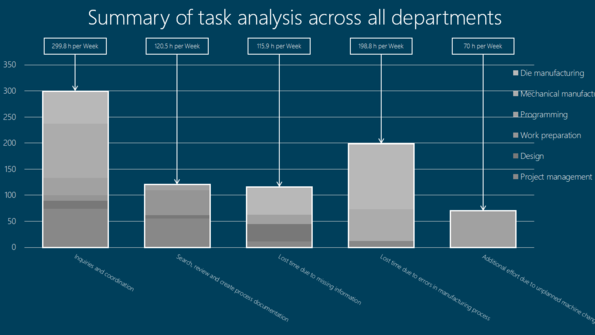Évitez ces 10 erreurs lors de la planification de la production
Manufacturing planning quickly falls through the cracks in everyday work, easily resulting in misunderstandings and duplication of work. That's too bad, because usually a lot can be easily improved with planning, with the resulting greater gains.
"Even though we spend so much time planning, there are
always questions and misunderstandings in project implementation."
As a MES consultant, I’ve been confronted with these and similar situations for many years. I'd therefore like to take this opportunity to list some common mistakes in manufacturing planning and uncover the causes of lost time. Learn from the mistakes of others. Based on our experience, many of them can be easily avoided, as long as it's clear how to approach them. In the blog article, you can read where to find the time-wasters or download our information sheet with a list of the most common errors.
Experience isn’t enough
Let's take a look at a typical customer example from die manufacturing: “We're spending too much time in manufacturing planning,” was the complaint. This resulted in the first error: Manufacturing projects were only roughly planned, for partial areas. This might seem reasonable at first glance for single-part manufacturing and for large projects. But – and this is the second mistake– production managers rely too heavily on seasoned employees, their experience and their ability to improvise.The problem: The shortage of qualified personnel means new or less qualified employees, compounded by new technologies and unforeseen outages. These are just a few reasons why there are so many requests for feedback and resulting time losses. This can be corrected with better planning. Planning compiles the empirical knowledge of individuals and passes it on to others in the completed plan. It means that everyone knows their tasks and deadlines right from the start.
The problem: The shortage of qualified personnel means new or less qualified employees, compounded by new technologies and unforeseen outages. This can be corrected with better planning. Planning compiles the empirical knowledge of individuals and passes it on to others in the completed plan.

Our blog author:


